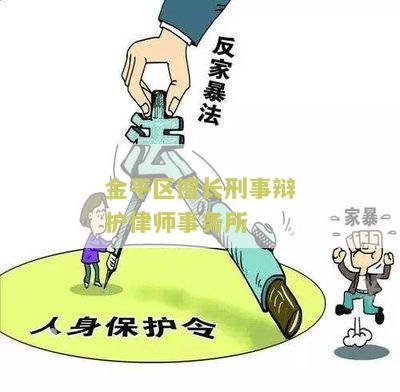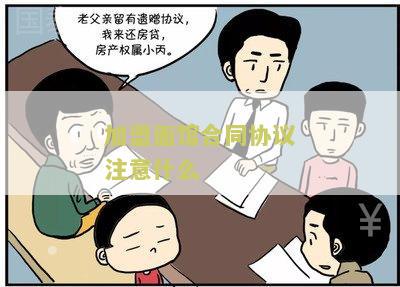债权债务关系英语怎么说好
1. Debt and Credit Relationship
The debt and credit relationship refers to the interconnectedness and interdependence between creditors and debtors. It involves the borrowing and lending of money or resources, where one party, the debtor, owes a financial obligation to another party, the creditor.
2. Creditor-Debtor Connection
The creditor-debtor connection pertains to the reciprocal relationship between two entities. The creditor is the individual or institution that extends credit or lends money, goods, or services to the debtor. The debtor, on the other hand, is the person or entity that borrows or owes the creditor a financial obligation.
3. Obligations and Liabilities
The obligations and liabilities in the debt and credit relationship refer to the legal and financial responsibilities of both creditors and debtors. Creditors have the right to demand repayment of the borrowed amount within the agreed-upon terms, while debtors are obligated to repay the borrowed funds or resources as per the terms and conditions outlined in the agreement.
4. Debt Settlement and Repayment
Debt settlement and repayment is the process through which debtors fulfill their financial obligation to creditors. It involves the repayment of the borrowed amount, either in installments or in a lump sum, as well as any interest or fees incurred.
5. Default and Legal Consequences
Default occurs when a debtor fails to meet their financial obligations as per the agreed-upon terms. In such cases, legal consequences may ensue, potentially leading to legal action, asset seizure, or damage to creditworthiness.
6. Debtors' Rights and Rights of Creditors
In the debt and credit relationship, debtors have certain rights, including the right to receive clear and accurate information about the terms and conditions of the debt. Creditors also have rights, such as the ability to take legal action against debtors who default on their payments.
7. Debt Management and Financial Planning
Debt management and financial planning involve strategies and techniques adopted by debtors to effectively manage their debts and plan for the repayment. This may include budgeting, reducing expenses, negotiating with creditors for more favorable terms, and seeking professional financial advice.
8. Credit Rating and Creditworthiness
Credit rating and creditworthiness refer to the assessment of a debtor's financial credibility and ability to repay debts. Lenders commonly use credit ratings to evaluate the risk associated with lending money to a particular individual or entity.
9. Loan Agreements and Terms

Loan agreements and terms encompass the legal documents and conditions that outline the specifics of a lending arrangement between a creditor and debtor. It typically includes the loan amount, interest rate, repayment schedule, and any other licable fees and conditions.
10. Debt Restructuring and Consolidation
Debt restructuring and consolidation involve the process of revising the terms and conditions of existing debts to facilitate easier repayment for debtors. This can be done through negotiations with creditors to modify interest rates, extend repayment periods, or merge multiple debts into a single consolidated loan.
 凌晗
凌晗






